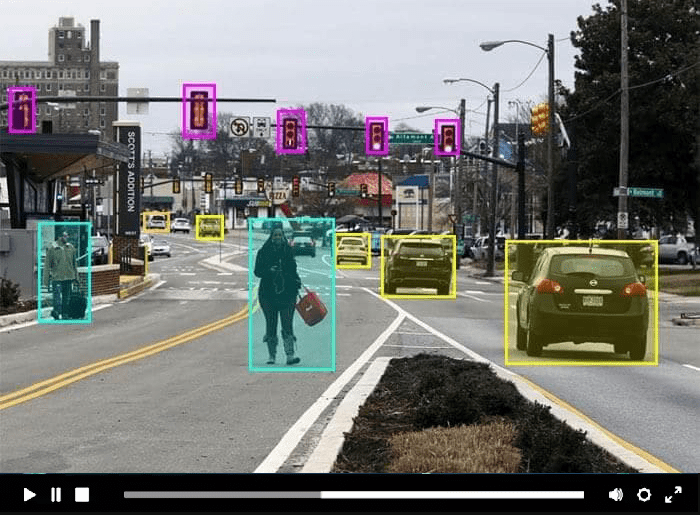Introduction In the rapidly evolving world of artificial intelligence (AI) and machine learning (ML), the ability to accurately annotate video data is crucial. Video annotation involves labeling specific objects, actions, and events within video frames, making it possible for algorithms to understand and learn from dynamic visual data. This process is essential for developing advanced AI applications such as autonomous vehicles, surveillance systems, medical diagnostics, and more. Given the complexity and importance of video annotation, numerous service providers have emerged, each offering unique features and capabilities. This article will explore some of the best video annotation service providers, including a spotlight on SO Development, a notable player in this domain. Unveiling the Champions: Top Players in the Video Annotation Arena The Video annotation service provider landscape is dynamic, with several companies vying for the top spot. Here’s a glimpse into some of the leading players: SO Development: Overview: SO Development is an emerging player in the video annotation industry, offering specialized services tailored to meet the needs of various sectors. Features: Expertise: Focuses on high-quality annotations through a team of skilled professionals with domain expertise. Customization: Provides highly customizable annotation solutions to meet unique project requirements. Quality Assurance: Implements stringent quality assurance processes to ensure accurate and reliable annotations. Scalability: Capable of scaling operations to handle projects of any size efficiently. Client Support: Offers dedicated client support to assist with project management and troubleshooting. Amazon Mechanical Turk Overview: Amazon Mechanical Turk (MTurk) is a crowdsourcing platform that provides a wide range of microtasks, including video annotation. It leverages a vast workforce to label video data quickly and efficiently. Features: Scalability: MTurk can handle large volumes of video annotation tasks by distributing them among a large pool of workers. Cost-Effective: The platform is relatively affordable, making it suitable for projects with tight budgets. Customizable Tasks: Users can design their annotation tasks according to specific requirements. Quality Control: Various quality control mechanisms, such as multiple worker reviews, help ensure accuracy. Labelbox Overview: Labelbox is a comprehensive data labeling platform that offers tools for managing and annotating datasets for machine learning, including video annotation. Features: Intuitive Interface: User-friendly interface that simplifies the annotation process. Collaboration: Supports team collaboration, allowing multiple users to work on projects simultaneously. Automation Tools: Provides automation tools to speed up the annotation process, such as pre-labeling. Quality Assurance: Advanced quality assurance tools to maintain high annotation standards. Scale AI Overview: Scale AI specializes in providing high-quality labeled data for AI applications, particularly in computer vision and autonomous driving, including video annotation. Features: Expert Annotators: Utilizes a skilled workforce trained in specific domains to ensure high-quality annotations. API Integration: Easy integration with existing workflows through robust APIs. Customizable Workflows: Highly customizable workflows to meet unique project requirements. Rapid Turnaround: Known for quick turnaround times without compromising quality. Appen Overview: Appen is a global leader in providing data annotation services, known for its extensive experience and large workforce, including video annotation. Features: Global Workforce: Access to a diverse and multilingual workforce to handle various types of annotation tasks. High-Quality Annotations: Emphasizes quality through rigorous training and quality control processes. Scalability: Capable of handling projects of any scale, from small tasks to large datasets. Flexibility: Offers flexible solutions tailored to specific industry needs. SO Development in Focus SO Development stands out in the video annotation landscape due to its commitment to quality and customer satisfaction. The company leverages a team of experts who are not only proficient in annotation but also understand the intricacies of various domains such as healthcare, automotive, and retail. This domain-specific knowledge allows SO Development to provide highly accurate annotations that are crucial for training effective AI models. Conclusion The landscape of video annotation services is diverse, with each provider offering unique strengths and capabilities. From established giants like Amazon Mechanical Turk and Appen to specialized platforms like Labelbox and SuperAnnotate, and emerging players like SO Development, there is no shortage of options for businesses Visit Our Video Annotation Service Visit Now

